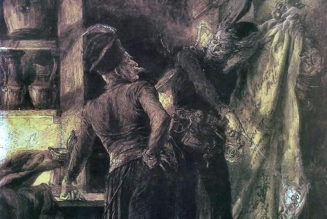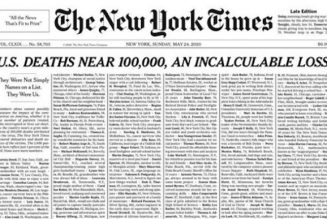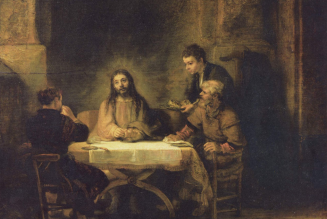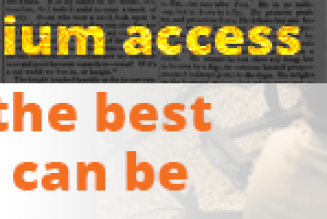Most of the episcopal statements I’ve seen so far have been…status quo.
The official statement from the USCCB is here. It strikes me as a verbal sort of head desk gesture. As in “Well, that happened. Thnx.”
Two other (out of many) of note.
The fact of the matter is that the law Pope Francis promulgated on Friday is cumbersome and unwieldy. It will require bishops to dedicate time and energy – sometimes enormous quantities of both – to a thankless project for which they didn’t really ask, and from which they cannot expect any measure of good will.
Most laity in most parishes don’t care either way, while the faithful who are devoted to the older forms of worship are highly motivated.
Now, they have their dander piqued.
The bishops of the world know it, and as they measure the potential gains against certain losses, may well decide that a new Inquisition to rid the Church of false conversos is not worth the effort.
The blog of an Atlanta Archdiocesan priest:
The Pope desires through this motu proprio to foster unity. It would be an understatement to say that is likely not going to be the result. And it might just reignite the always simmering liturgy wars in a time of religious decline in the West, with other urgent and pressing needs — evangelization, making disciples and retention of membership for one, and the fall out from the abuse crisis, the ongoing drama of financial scandals at high levels in the Church, residential school scandals in our neighbor to the north, and the seeming inability of the hierarchy in some places (Poland) to learn from the mistakes of Bishops elsewhere, among others.
Points highlighted, naturally, because I agree with them.
This is one more hassle for a bishop and diocesan staff. Not what many of them are looking for.
Secondly – consider the big picture. The really big picture.
As I have observed many times before, one of the negative outcomes of the Second Vatican Council was to turn the Church inward – ironic, since the whole purpose of the Council was to look outward, to enable the Church to engage more effectively with the world, a world so desperately in need of Christ. But by taking the stance that the primary road to better evangelization was to make substantive changes in Church practice, the Council pointed the way to decades of infighting and obsession with process and structure and, as always happens, power.
And so here we are again.
I’m not a “don’t stress the details” person – long-time readers know this. This is important stuff. But this move from Rome is off-putting, not just because of the poor historical and theological foundations and the impact on those directly involved, but because, well – is this really a problem?
Rome, of course, has the right and obligation to guide and yes, even restrict. That’s the back-and-forth, complicated, to be sure, but real – between what emerges from the breadth and depth of the Body and its head. It’s how popular devotions and saints’ causes develop, rise, and are approved or disapproved. Just a couple of months ago, Rome issued requirements for the leadership of “new movements,” with the intention, it seems, of reframing leadership functions in ways that they are not so dependent on – and subject to the dangers of – individual personalities.
So no, it is not inconsistent at all with Catholic practice to take things to the top and obey what comes from the top. I mean, of course not.
But nor is it inconsistent with Catholic practice to push, pull and question.
And so this is a legitimate question to pose – why this, why now, and how does it build up the Church for its fundamental purpose, which is to bring Christ into a hurting world in desperate need of His love and mercy?
Join Our Telegram Group : Salvation & Prosperity








